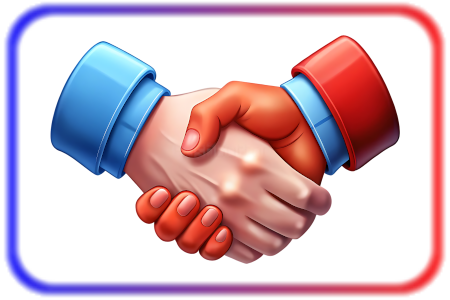vu eng201 Mid Term Subjective Solved Past Paper No.4
vu eng201 Business and Technical English Writing Solved Past Papers

This subjective solved past paper is related to book/course code vu eng201 Business and Technical English Writing which belongs to vu organization. We have 10 past papers available related to the book/course Business and Technical English Writing. This past paper has a total of 10 subjective questions belongs to topic Mid Term to get prepared. NVAEducation wants its users to help them learn in an easy way. For that purpose, you are free to get prepared for exams by learning subjective questions online on NVAEducatio.
NVAEducation also facilitates users to download these solved past papers with an affordable prices. However, users are not enforced to pay for money, rather they can use credits to buy such stuff on NVAEducation. Users can earn credits for doing some little tasks and then you will be able to use that credits to buy solved past papers on NVAEducation.
Cartesian product:
The Cartesian product needs not to be union compatible. It means they can be of different degree. It is denoted by X. suppose there is a relation R with attributes (A1,A2,...,An) and S with attributes (B1, B2, …, Bn). The Cartesian product will be:
- R X S
The resulting relation will be containing all the attributes of R and all of S. Moreover,all the rows of R will be merged with all the rows of S. So if there are m attributes andC rows in R and n attributes and D rows in S then the relations R x S will contain m +n columns and C * D rows. It is also called as cross product. The Cartesian product isalso commutative and associative. For Example there are two relations COURSE and STUEDNT.
[Cource]
- crId, courseTitle
[Student]
- stId, stName
[Course x Student]
- crId, courseTitle, stId, stName
- Hierarchical Model
- Network Model
- Relational Model
- Logical modeling
- Physical modeling
If you are going to be working with databases, then it is important to understand the difference between logical and physical modeling, and how they relate to one another.
Logical Modeling
Logical modeling deals with gathering business requirements and converting those requirements into a model. The logical model revolves around the needs of the business, not the database, although the needs of the business are used to establish the needs of the database. Logical modeling involves gathering information about business processes, business entities (categories of data), and organizational units. After this information is gathered, diagrams and reports are produced including entity relationship diagrams, business process diagrams, and eventually process flow diagrams. The diagrams produced should show the processes and data that exists, as well as the relationships between business processes and data. Logical modeling should accurately render a visual representation of the activities and data relevant to a particular business.
The diagrams and documentation generated during logical modeling is used to determine whether the requirements of the business have been completely gathered. Management, developers, and end users alike review these diagrams and documentation to determine if more work is required before physical modeling commences.
There are four types of anomalies, which are of concern, redundancy, insertion, deletion and updation.
- Redundancy
- Insertion Anomaly
- Deletion Anomaly
- Updation Anomaly
If the primary key in a parent table matches multiple foreign keys in a child table, then the relationship is one-to-many. This relationship is common in database applications. For example, an application for a sports league might access a team table and a player table. Each team has multiple players, and each player belongs to a single team. Every row in the child table (player) has a foreign key identifying the player's team. This foreign key matches the team table's primary key.
When designing such entity beans, you must decide whether both tables are represented by entity beans, or just one.



